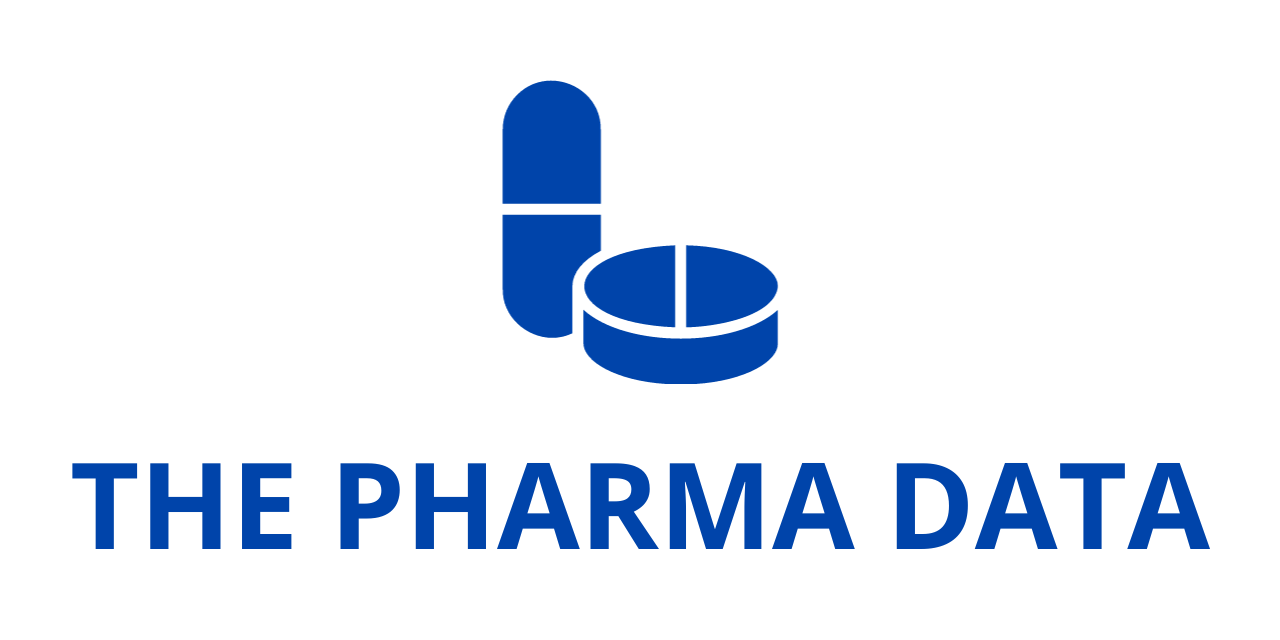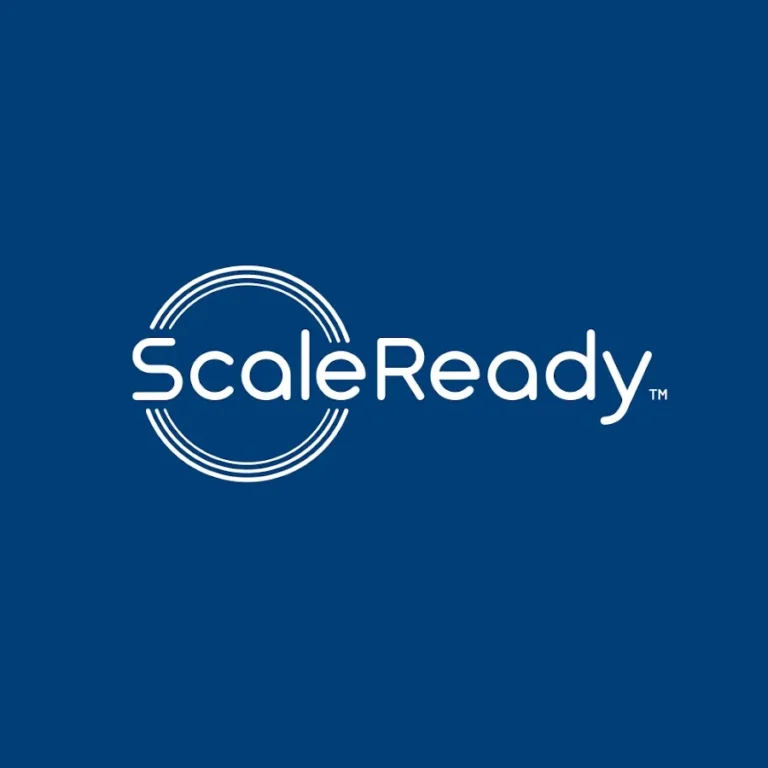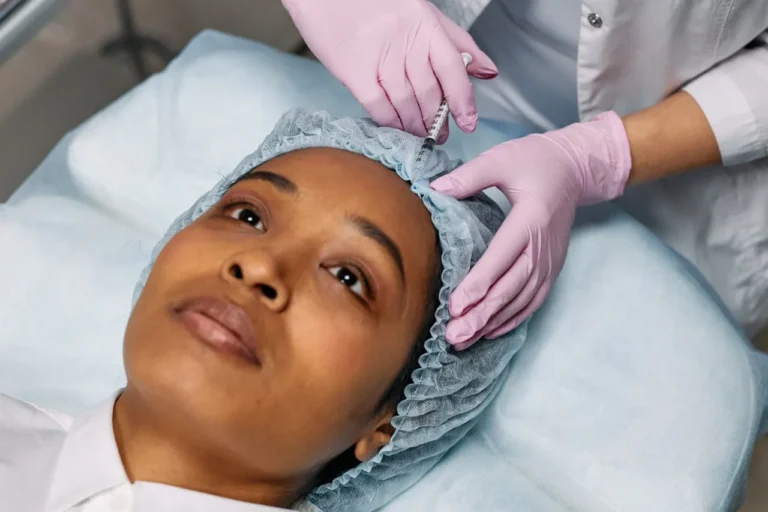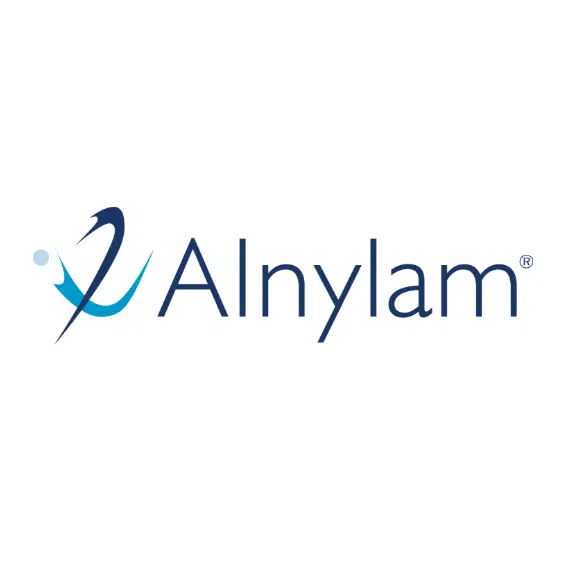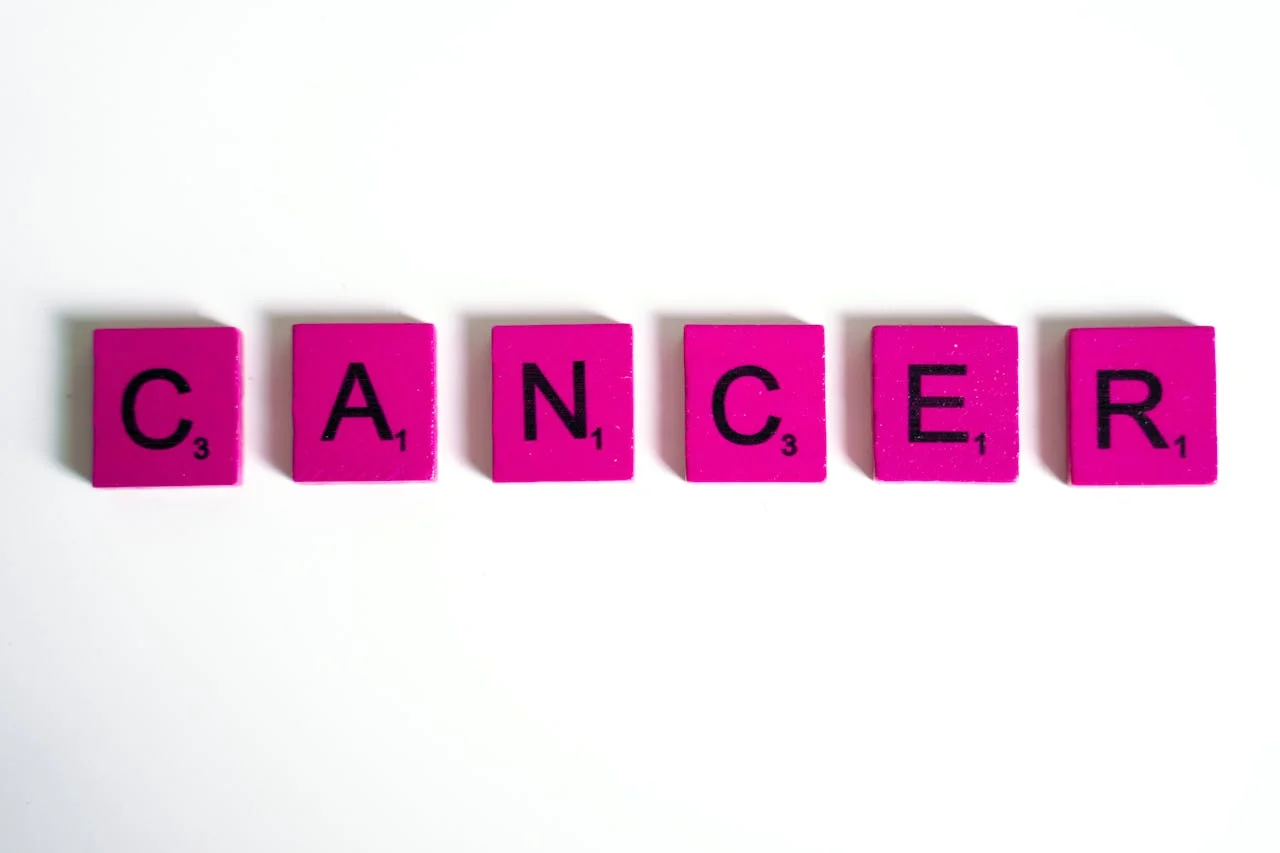
Several years ago, Melissa Martinez was watching her youngest daughter’s basketball game when a player had a seizure. With no one else knowing how to help, Martinez’s daughter shouted, “My mom’s a nurse! She can help!” Martinez quickly stepped in to assist until paramedics arrived.
Martinez often uses her nursing skills outside clinical settings. “At my kids’ games, on flights, and at family events—I always volunteer to help if medical assistance is needed,” she says.
Her career is a testament to her dedication to helping others. After earning her bachelor’s in nursing, Martinez began as a bedside nurse in a hospital oncology unit. She later earned a Master’s degree and moved to an outpatient nurse practitioner role before transitioning to cancer research. Martinez worked at two pharmaceutical companies before joining Johnson & Johnson. After four years there, she became the Director, Clinical Project Scientist Leader in the Interventional Oncology Research and Development (R&D) group.
Reflecting on her career, Martinez notes that treatment development was never presented as a career path. Her notable achievements at Johnson & Johnson include leading a clinical trial for a new non-small cell lung cancer treatment. Since January, she’s been investigating new intratumoral therapies for solid tumors.
Martinez’s work highlights the expanding role of nurses beyond traditional settings, showcasing their impact in research and development. “In cancer research, I found that I was still helping patients, just in a different way,” she says.
To celebrate National Nurses Month, Martinez shared insights into her career journey and commitment to expanding nursing roles.
Q&A with Melissa Martinez:
Q: What early experiences hinted you’d develop cancer treatments? A: As a kid, I loved science but didn’t know how to channel that interest. In college, a nursing dean inspired me, showing me the diverse opportunities in nursing, which assured me I’d never get bored.
Q: What was your first nursing position like? A: Working in an oncology unit, I learned about various cancer types and cared for both pediatric and adult patients. It taught me to appreciate life and health, even in the face of difficult days.
Q: How did you transition to being a clinical scientist? A: A grateful patient suggested I apply for a clinical scientist position at a pharmaceutical company. Initially hesitant, I realized this role allowed me to help develop new treatments, reducing the instances where doctors must say, “there are no other options.”
Q: What is a typical work day like? A: Every day is different, involving a large team to run global trials. I oversee the trial’s startup, execution, and closeout, ensuring data integrity and patient safety. Presenting our Phase III lung cancer trial results to a standing ovation at ESMO 2023 was a career highlight.
Q: How has the role of nurses changed since you began your career? A: Initially, treatment development wasn’t seen as a career path for nurses. Now, I mentor students, emphasizing the unique value nurses bring to research due to their clinical background and understanding of the patient experience.
Q: How is health equity important in your work? A: Ensuring diverse patient representation in clinical trials is crucial. We aim for our research to include people of various ages, genders, ethnicities, and socioeconomic backgrounds to develop effective treatments for all.
Q: Best professional advice received? A: Do what you love. Passion will keep you pushing through hard days. For me, it’s about helping patients and their families.
Q: What do you do in your downtime? A: I commit to fitness classes and spend quality time with my family. It’s emotional because my oldest daughter is starting college this fall.
ChatGPT can make mistakes. Check important info.
Several years ago, Melissa Martinez was watching her youngest daughter’s basketball game when a player had a seizure. With no one else knowing how to help, Martinez’s daughter shouted, “My mom’s a nurse! She can help!” Martinez quickly stepped in to assist until paramedics arrived.
Martinez often uses her nursing skills outside clinical settings. “At my kids’ games, on flights, and at family events—I always volunteer to help if medical assistance is needed,” she says.
Her career is a testament to her dedication to helping others. After earning her bachelor’s in nursing, Martinez began as a bedside nurse in a hospital oncology unit. She later earned a Master’s degree and moved to an outpatient nurse practitioner role before transitioning to cancer research. Martinez worked at two pharmaceutical companies before joining Johnson & Johnson. After four years there, she became the Director, Clinical Project Scientist Leader in the Interventional Oncology Research and Development (R&D) group.
Reflecting on her career, Martinez notes that treatment development was never presented as a career path. Her notable achievements at Johnson & Johnson include leading a clinical trial for a new non-small cell lung cancer treatment. Since January, she’s been investigating new intratumoral therapies for solid tumors.
Martinez’s work highlights the expanding role of nurses beyond traditional settings, showcasing their impact in research and development. “In cancer research, I found that I was still helping patients, just in a different way,” she says.
To celebrate National Nurses Month, Martinez shared insights into her career journey and commitment to expanding nursing roles.
Q&A with Melissa Martinez:
Q: What early experiences hinted you’d develop cancer treatments? A: As a kid, I loved science but didn’t know how to channel that interest. In college, a nursing dean inspired me, showing me the diverse opportunities in nursing, which assured me I’d never get bored.
Q: What was your first nursing position like? A: Working in an oncology unit, I learned about various cancer types and cared for both pediatric and adult patients. It taught me to appreciate life and health, even in the face of difficult days.
Q: How did you transition to being a clinical scientist? A: A grateful patient suggested I apply for a clinical scientist position at a pharmaceutical company. Initially hesitant, I realized this role allowed me to help develop new treatments, reducing the instances where doctors must say, “there are no other options.”
Q: What is a typical work day like? A: Every day is different, involving a large team to run global trials. I oversee the trial’s startup, execution, and closeout, ensuring data integrity and patient safety. Presenting our Phase III lung cancer trial results to a standing ovation at ESMO 2023 was a career highlight.
Q: How has the role of nurses changed since you began your career? A: Initially, treatment development wasn’t seen as a career path for nurses. Now, I mentor students, emphasizing the unique value nurses bring to research due to their clinical background and understanding of the patient experience.
Q: How is health equity important in your work? A: Ensuring diverse patient representation in clinical trials is crucial. We aim for our research to include people of various ages, genders, ethnicities, and socioeconomic backgrounds to develop effective treatments for all.
Q: Best professional advice received? A: Do what you love. Passion will keep you pushing through hard days. For me, it’s about helping patients and their families.
Q: What do you do in your downtime? A: I commit to fitness classes and spend quality time with my family. It’s emotional because my oldest daughter is starting college this fall.
